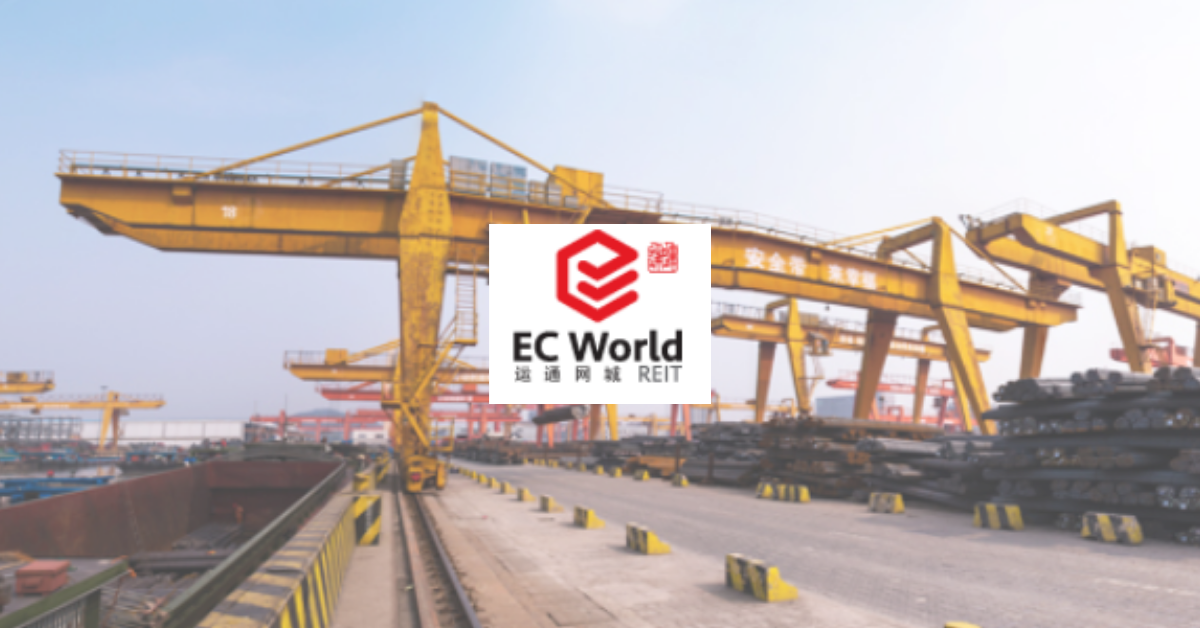
One of the reasons people are attracted to REITs is from the high dividend yield. With the reduced interest rates in both Malaysia and Singapore, REITs definitely appear to be an amazing investment alternative. If you are new to REITs, you can read more about what REITs are here.
Though dividend yield from REITs is a factor to be considered when screening for a viable REITs investment, you should never buy a REIT purely because they have a high dividend yield. It may seem like a no brainer concept since high dividend equals high income. But if you were to take a step back, there are a number of reasons why you should never do that.
In this post, we will be sharing more on why you should never buy REITs just because it has a high dividend yield. We will also be sharing what you should do instead. So read along!
Why Not Buy Based On Dividend Yield?
Before we dive into dividend yield, it is important you know how it is derived.
Dividend Yield (%) = Distribution Per Unit / Market Price Per Unit
With that, you would now know that dividend yield is made up of two elements. Investing purely from high dividend yield is dangerous and risky. Let us be clear that not all REITs with high dividend yield are dangerous. What we are trying to explain here is before pouring your hard-earned money into the next REIT simply because you found a REIT with an 18% dividend yield, you should understand it better first.
There are two reasons why a REITs dividend yield increase:
- Increased in DPU
- Declined in Share Price
An increase in distribution per unit is a favourable sign investor should look out for. If the dividend yield is high and stable due to an increase in distribution per unit, then this REIT would probably qualify for your next round of detailed due diligence.
However, if you would have noticed an increase in the dividend yield due to a drop in share price, it is wise to then take a step back to understand why the share price drop. The share price could drop due to overall market sentiment (i.e during the COVID-19 pandemic). This could potentially be a good time for investors to pile up some REITs.
But there are also times when share price drop due to a change in the REIT fundamentals. One good example is Eagle US Hospitality Trust which has voluntarily suspended its trading as of 24 March 2020 due to its master lessees not able to pay its rent and loan to be paid immediately. Based on its last traded price and historical DPU, investors would expect a dividend yield of close to 25%.
Is this now a good investment?
What to do instead
From the above example on Eagle US Hospitality, you would have noticed that a shift in the REIT business fundamentals is bad for investors. If you would have invested in this REITs, you would have lost a ton of money.
The next time before you jump onto the next REIT investment with high dividend yield, do this instead.
1. Research and Check on the REIT Sector
This can be from various aspects. The two key things we will always look into is the economy of the country and the performance of the REIT sector. One good example would be the hospitality REIT sector. No doubt that REITs in this sector are getting hit badly globally. With many countries being cautious and low to zero tourists traffic, there is no demand for hotels. No guests would then mean no income.
If you were to look at two hospitality REITs in Malaysia and Singapore being YTL Hospitality REIT and Ascott REIT, you will notice that the share price has hugely dropped. As an investor, you would then have to make the decision if this would then be a good investment to make. You can choose to buy some at a discount but with an understanding of the near to medium-term risk knowing that the future DPU will be lower than expected or you can simply skip this.
On the other hand, if you were to look at other REITs sector which is not as affected such as healthcare sector, market sell-off can also be as a result of a short term panic The drive down of these prices can be a potential opportunity to investors.
2. Look for a year on year distribution per unit increased
The next indicator you can look for is an increase in distribution per unit year on year basis. This is typically a good sign for an investor as it would usually mean that the REITs are performing relatively well. Hence, the increase in distribution per unit.
However, that is not always the case. There are times where the performance of the REITs are not favourable but DPU continues to increase. This is from the undistributed income from past years. Which brings us to the third aspect you should also look into.
3. Strong Operational and Financial Performance
We often analyse the operational and financial performance of REITs together as it goes hand in hand. A strong operational performance will often lead to positive financial performance. Some of the good sign for great operational performance are:
- An overall increase in occupancy rate
- A Positive rental reversion
- Newly acquired assets
All these factors will be positive to a REIT which will further enhance the earnings of the REITs. Which in turn translate to better distribution per unit.
4. Growth Prospect
This is an important aspect many overlooked. The historical performance gives investors a gauge on how the REIT would have performed in the past. Though this is a great indicator, business environment are always changing. Companies that do not grow will be outgrown. Hence, it is important to also look at the growth aspect.
One of the indicators you can look at is on the REIT overall outlook. This will give you an idea on whether the prospect for the REIT will be promising in the short, medium and long term. You will never be certain how things will be like but you can gauge on how the sector will improve. A great example would be the retail sector. During the circuit breaker and movement control order in Singapore and Malaysia, many retailers are affected. This, in turn, has taken a toll on retails REITs. Upon the end of the strict measures, many retailers are back for business and things would have slowly picked up. Complimenting the historical REITs performance and the expected future outlook, this can give investors a rough view on how the REIT will perform.
Another growth indicator is future acquisition. One of the ways REIT grow is through further acquisition of properties and asset enhancement initiatives. These will help to increase the earning potential of the REITs and in return, help increase the REITs DPU. It is important to know that not all acquisition are great acquisition but we will keep this for another time.
What’s Next?
The next time you stumble upon REITs with high dividend yield, take a step back and analyse deeper before buying it. While there are many other factors you should look at before screening for REITs, this would be a great start. We hope that this has been an insightful piece for those that have been buying REITs based on dividend yield.
If you like what you read here, feel free to share this article and check out more from our site. We regularly share REIT Guide and REIT Analysis.






Tq